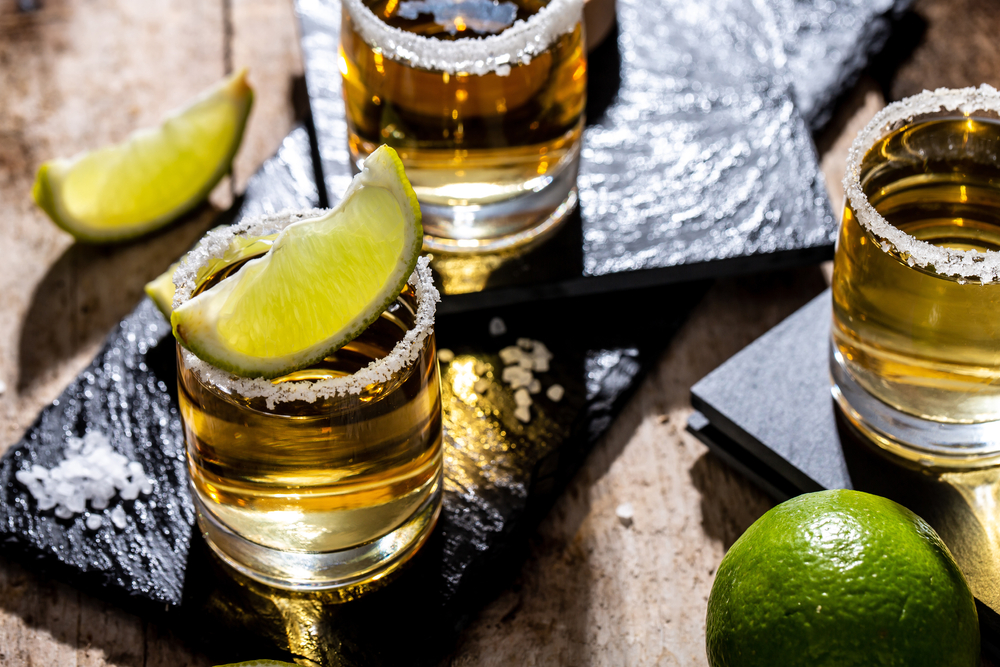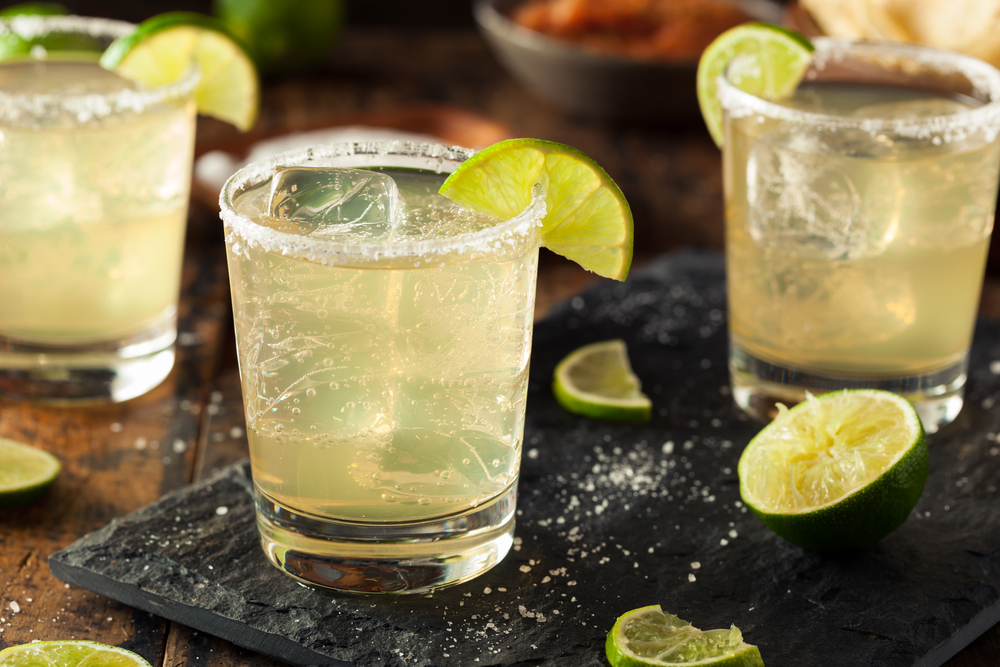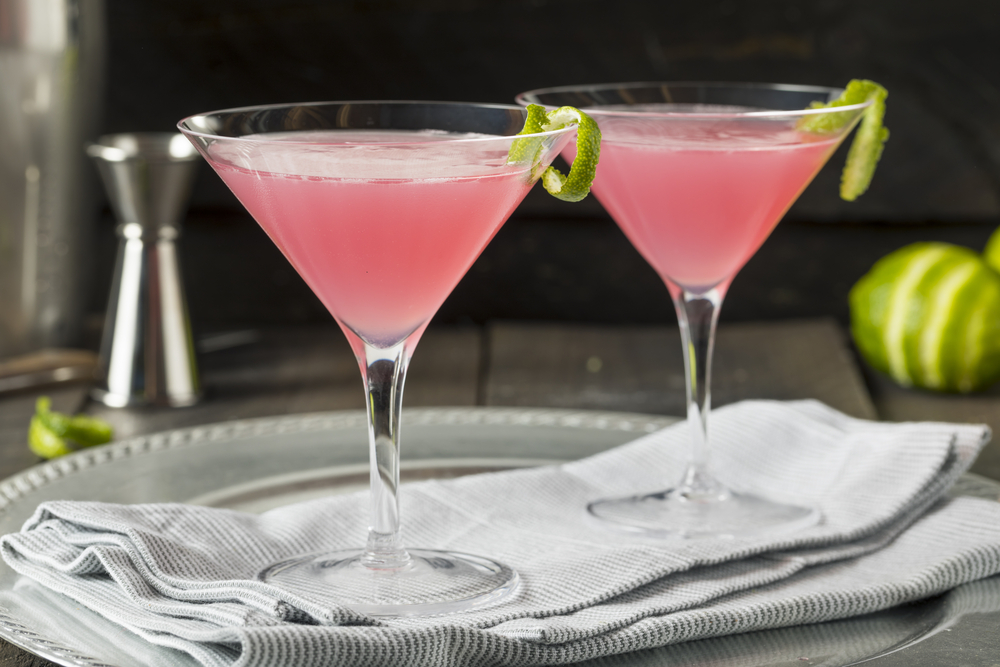Tequila is a popular alcoholic drink that originated in Mexico and is made from the blue agave plant. It is a versatile liquor that can be enjoyed straight, in cocktails, or as a shot.
Tequila is categorized into different types, with gold and silver tequila being the most common. But what is the difference between gold and silver tequila?

Silver tequila, also known as blanco or white tequila, is clear and un-aged. It is bottled directly after distillation, giving it a pure agave flavor.
Gold tequila, on the other hand, is a blend of silver tequila and aged tequila, giving it a golden color and a smoother taste. In some cases, gold tequila is also aged in oak barrels for a short period, giving it a more complex flavor profile.
Key Takeaways
- Tequila is a popular Mexican alcoholic drink made from the blue agave plant.
- Gold tequila is a blend of silver tequila and aged tequila, while silver tequila is un-aged and bottled straight after distillation.
- Gold tequila has a smoother taste and a golden color, while silver tequila has a pure agave flavor.
Understanding Tequila
Tequila is a distilled spirit made from the blue agave plant, which is primarily grown in the Mexican states of Jalisco, Guanajuato, Nayarit, and Tamaulipas.
The production process of tequila is highly regulated by the Mexican government, and it must meet certain standards to be labeled as tequila.
There are two main categories of tequila: 100% agave and mixto. 100% agave tequila is made entirely from blue agave sugars, while mixto tequila contains at least 51% blue agave sugars and other sugars.
Within these categories, there are two types of tequila: blanco or silver tequila and gold tequila.
Blanco or silver tequila is clear and unaged, while gold tequila has a golden hue. The color of gold tequila may come from either the addition of caramel coloring or the aging process.
Some producers mix cheaper blanco or silver tequila with a more aged tequila, such as reposado, to achieve the golden color.
Tequila can be aged for different lengths of time, which affects its flavor profile. Blanco or silver tequila is unaged and has a fresh, crisp flavor, while reposado tequila is aged for at least two months but less than a year and has a smoother, more complex flavor.
Añejo tequila is aged for at least one year but less than three years and has a rich, oaky flavor, while extra añejo tequila is aged for three years or more and has a deep, complex flavor.
It’s important to note that not all gold tequila is aged, and not all aged tequila is gold. Gold tequila can be a mix of blanco or silver tequila and a more aged tequila, while aged tequila can be either reposado, añejo, or extra añejo.
In summary, tequila is a distilled spirit made from the blue agave plant and is categorized as either 100% agave or mixto.
Within these categories, there are two types of tequila: blanco or silver tequila and gold tequila. Tequila can be aged for different lengths of time, which affects its flavor profile.
Types of Tequila
Tequila is a type of distilled spirit made from the blue agave plant. There are several types of tequila available, each with its own unique flavor profile and aging process. Here are the most common types of tequila:
Blanco or Silver Tequila
Blanco or silver tequila is the purest form of tequila. It is clear and unaged, with a fresh and crisp taste. This type of tequila is ideal for mixing in cocktails, as it doesn’t overpower other flavors. It is also the most budget-friendly option.
Gold Tequila
Gold tequila is a blend of blanco and aged tequila. It is often aged for a short period in oak barrels to give it a golden color and a smoother taste. However, it is important to note that not all gold tequilas are aged, and some may contain added flavors and coloring agents.
Reposado Tequila
Reposado tequila is aged for a minimum of two months and up to a year in oak barrels. This aging process gives it a smoother taste and a light golden color. It is a popular choice for sipping and mixing in cocktails.
Añejo Tequila
Añejo tequila is aged for a minimum of one year and up to three years in oak barrels. This aging process gives it a rich amber color and a complex, smooth taste with notes of vanilla and caramel. It is a popular choice for sipping and pairing with food.
Extra Añejo Tequila
Extra añejo tequila is aged for a minimum of three years in oak barrels. This aging process gives it a deep amber color and a complex, smooth taste with notes of chocolate and coffee. It is the most expensive and rarest type of tequila.
Joven Tequila
Joven tequila, also known as “gold” or “young” tequila, is a blend of blanco and aged tequila. It is unaged or aged for a short period in oak barrels to give it a golden color and a smoother taste. It is often used in cocktails.
In conclusion, there are several types of tequila available, each with its own unique flavor profile and aging process. From the pure and budget-friendly blanco or silver tequila to the rare and complex extra añejo tequila, there is a tequila for every taste and occasion.
The Agave Plant
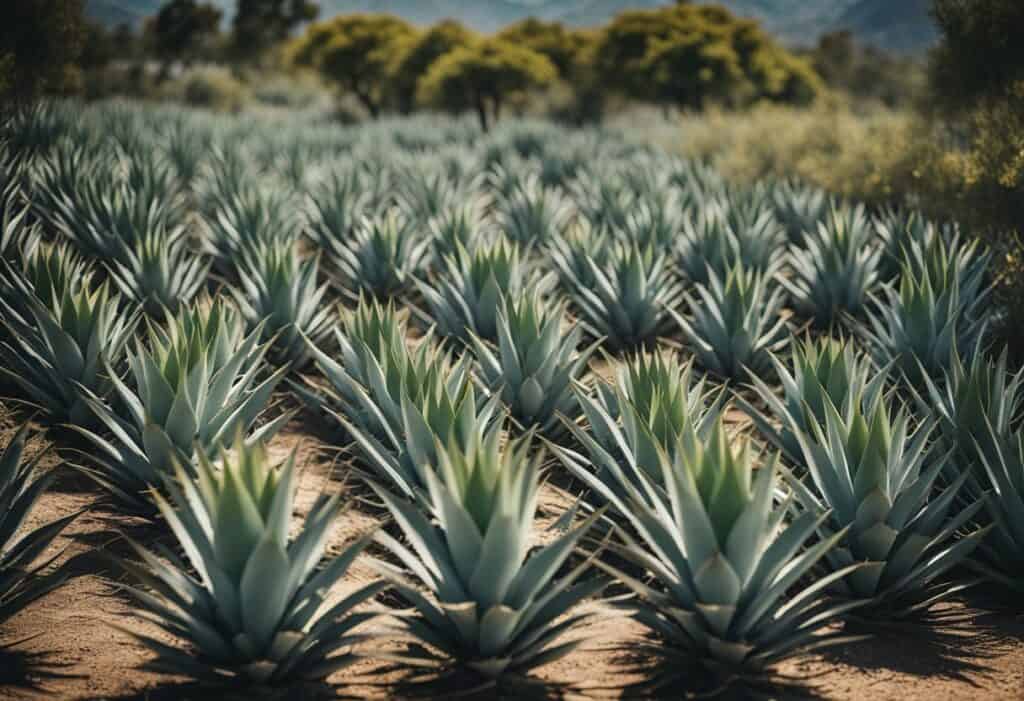
As a tequila lover, I know that the agave plant is the key ingredient in making tequila. The blue agave plant, in particular, is the most commonly used variety in tequila production.
It is a succulent plant that grows primarily in the highlands of Jalisco, Mexico, and takes about 8 to 12 years to mature before it can be harvested.
The blue agave plant is known for its large size and blue-green leaves that have sharp spines on the edges. It can grow up to 2 meters high and 1.5 meters wide. Its heart or “piña” is the part of the plant that is used to make tequila.
The piña is roasted and crushed to extract the juice, which is then fermented and distilled to make tequila.
There are other varieties of agave plants used in tequila production, such as the agave azul or tequilana weber, which is the only agave variety allowed to be used in making tequila by law.
However, other agave varieties can be used to make mezcal, another popular Mexican spirit.
In conclusion, the agave plant, specifically the blue agave variety, is the key ingredient in making tequila. Its piña is roasted, crushed, fermented, and distilled to produce the tequila we all know and love.
Gold Tequila Characteristics
Gold tequila is known for its warm, mellow, and rich flavor. The golden color of gold tequila comes from the addition of caramel or caramel coloring, which is often used to enhance the appearance of the tequila. Some gold tequilas may also contain artificial colors to achieve a more vibrant hue.
Gold tequila is usually aged for a short period, typically between two and twelve months, in oak barrels.
During this time, the tequila absorbs the flavors and aromas of the wood, which can give it a more complex and nuanced taste. The aging process also helps to mellow out the harshness of the alcohol and create a smoother finish.
While gold tequila is often associated with lower quality and the use of additives, there are many high-quality gold tequilas that are made from 100% blue agave and contain no additives or flavorings. These tequilas are often aged for longer periods and have a more complex flavor profile.
In some cases, gold tequila may be made from a mix of tequilas, including blanco (silver) tequila and aged tequila. This blend can create a balance between the fresh, agave-forward flavor of silver tequila and the smoother, more complex taste of aged tequila.
Overall, gold tequila is a versatile spirit that can be enjoyed on its own or used in cocktails. Its warm, mellow flavor makes it a popular choice for sipping, while its rich, complex taste can add depth and complexity to mixed drinks.
Silver Tequila Characteristics
As the name suggests, silver tequila is clear and bright, sometimes also referred to as white or platinum tequila. It is distilled from the blue agave plant and bottled immediately without any aging process. This results in a spirit that is pure and unadulterated, with a distinct agave flavor.
One of the defining characteristics of silver tequila is its versatility. It can be enjoyed neat, on the rocks, or mixed in a variety of cocktails. Its clean taste and aroma make it an excellent base for margaritas, palomas, and other tequila-based drinks.
Silver tequila is also known for its potency. It typically has an alcohol content of 40% ABV, making it a strong spirit that should be consumed in moderation.
When it comes to quality, not all silver tequilas are created equal. Some are made with 100% blue agave, while others are made with a mix of agave and other sugars.
It is important to read the label carefully and choose a high-quality silver tequila for the best taste and experience.
In summary, silver tequila is a clear, bright spirit that is distilled from blue agave and bottled immediately without aging. It is versatile, potent, and comes in varying levels of quality.
Aging Process
Tequila can be aged in oak barrels, typically white oak barrels, for varying amounts of time to produce different flavors and colors. The aging process is what distinguishes gold tequila from silver tequila.
Gold tequila is aged for a minimum of two months and up to one year in oak barrels. The barrels impart flavors of vanilla, caramel, and spice, which complement the natural agave flavors of the tequila.
The longer the tequila is aged, the darker and more complex the flavor becomes. The aging process also gives gold tequila its distinctive amber color.
On the other hand, silver tequila is typically bottled directly after distillation or aged for a couple of weeks in a stainless steel container.
It is mostly unaged and has a pure, raw, and robust flavor that captures the essence of the distilled agave. Silver tequila is often used for shots and mixed drinks.
Aged tequila, such as reposado and añejo, falls in between gold and silver tequila in terms of aging and flavor.
Reposado tequila is aged for a minimum of two months up to one year, while añejo tequila is aged for a minimum of one year and up to three years. The longer the tequila is aged, the smoother and more complex the flavor becomes.
In conclusion, the aging process is what sets gold tequila apart from silver tequila. Aging in oak barrels gives gold tequila a more complex flavor profile and amber color, while silver tequila has a raw and robust flavor that captures the essence of the distilled agave. Aged tequila falls in between gold and silver tequila in terms of aging and flavor.
Tequila in Cocktails
As a bartender, I know that tequila is a versatile liquor that can be used in a variety of cocktails. The most well-known tequila cocktail is the margarita, which is made with tequila, lime juice, and triple sec.
The type of tequila used in a margarita can vary, but silver tequila is often preferred due to its crisp, clean taste.
Another popular tequila cocktail is the Tequila Sunrise. This drink is made with tequila, orange juice, and grenadine syrup. The grenadine gives the drink a beautiful red color, which fades into the orange juice to create a sunrise effect.
Tequila is also commonly used in mixed drinks. Its unique flavor profile makes it a great addition to many cocktails. A popular mixed drink that includes tequila is the Paloma.
This refreshing drink is made with tequila, grapefruit soda, and lime juice. It’s a great option for those who want a tequila-based cocktail that’s not too sweet.
When it comes to choosing between gold and silver tequila for cocktails, it really depends on the recipe. Gold tequila is often used in cocktails that require a more robust and complex flavor profile. However, silver tequila is the preferred option for cocktails that require a cleaner taste.
In conclusion, tequila is a versatile liquor that can be used in a variety of cocktails. Whether you’re making a margarita, Tequila Sunrise, or mixed drink, there’s a tequila cocktail out there for everyone.
When it comes to choosing between gold and silver tequila, it’s important to consider the recipe and the flavor profile you’re looking for.
Tasting Tequila
As a tequila enthusiast, I have tasted both silver and gold tequila, and I can confidently say that they have distinct differences in flavor and aroma.
When sipping silver tequila, you will notice a clean, crisp taste that is often described as earthy or vegetal. It has a bright, citrusy aroma that is refreshing and invigorating. Some silver tequilas may have a slight sweetness, but it is not overpowering.
On the other hand, gold tequila has a more complex flavor profile. It is often aged in oak barrels, which gives it a smooth, mellow taste with hints of vanilla and cinnamon.
The aging process also imparts a golden color to the tequila, hence the name. It has a more robust aroma that is reminiscent of caramel and toasted oak.
When it comes to mixed drinks, silver tequila is typically the go-to choice. Its clean taste and affordable price make it a popular option for margaritas and other tequila-based cocktails. Gold tequila, on the other hand, is better suited for sipping and enjoying on its own.
In conclusion, whether you prefer the bright, citrusy taste of silver tequila or the smooth, mellow flavor of gold tequila, there is a tequila out there to suit your taste. Just remember to enjoy it responsibly.
Price Considerations

When it comes to choosing between gold and silver tequila, price is a factor that many people consider. Generally, silver tequila is less expensive than gold tequila.
This is because silver tequila is unaged and does not require as much time and resources to produce. Gold tequila, on the other hand, is often aged in oak barrels, which can increase the production costs and, therefore, the price.
If you are on a budget and looking for a more budget-friendly option, silver tequila may be the way to go. You can often find a good quality bottle of silver tequila at a lower price point than gold tequila.
However, it is important to note that price does not always correlate with quality. You can still find high-quality gold tequilas at a reasonable price if you do your research and shop around.
When shopping for tequila, it is a good idea to check prices at different liquor stores. Prices can vary widely depending on the store, so it pays to shop around. You may also want to consider buying in bulk to save money in the long run.
In conclusion, price is an important factor to consider when choosing between gold and silver tequila. While silver tequila is generally less expensive than gold tequila, price does not always reflect quality.
By shopping around and doing your research, you can find a high-quality tequila that fits your budget.
Choosing Between Gold and Silver Tequila
When it comes to choosing between gold and silver tequila, it ultimately comes down to personal preference. Both types of tequila have their own unique characteristics that make them stand out.
If you prefer a smoother and more mellow taste, gold tequila may be the right choice for you. Gold tequila is often aged in oak barrels, which gives it a richer and more complex flavor. It also tends to be sweeter and less harsh than silver tequila.
On the other hand, if you prefer a more assertive and bold flavor, silver tequila may be the way to go. Silver tequila is often unaged or aged for a short period of time, which gives it a sharper and more intense flavor.
It also tends to have a stronger agave taste, making it a popular choice for margaritas and other mixed drinks.
When it comes to making cocktails, silver tequila is often the preferred choice due to its stronger flavor profile. However, if you’re looking to enjoy tequila on its own or sipping it slowly, gold tequila may be a better option.
Ultimately, the choice between gold and silver tequila comes down to personal preference and what you’re looking for in a tequila.
Whether you prefer a smoother, more complex flavor or a bold and intense taste, there’s a tequila out there for every adult palate.
Tequila and Hangovers
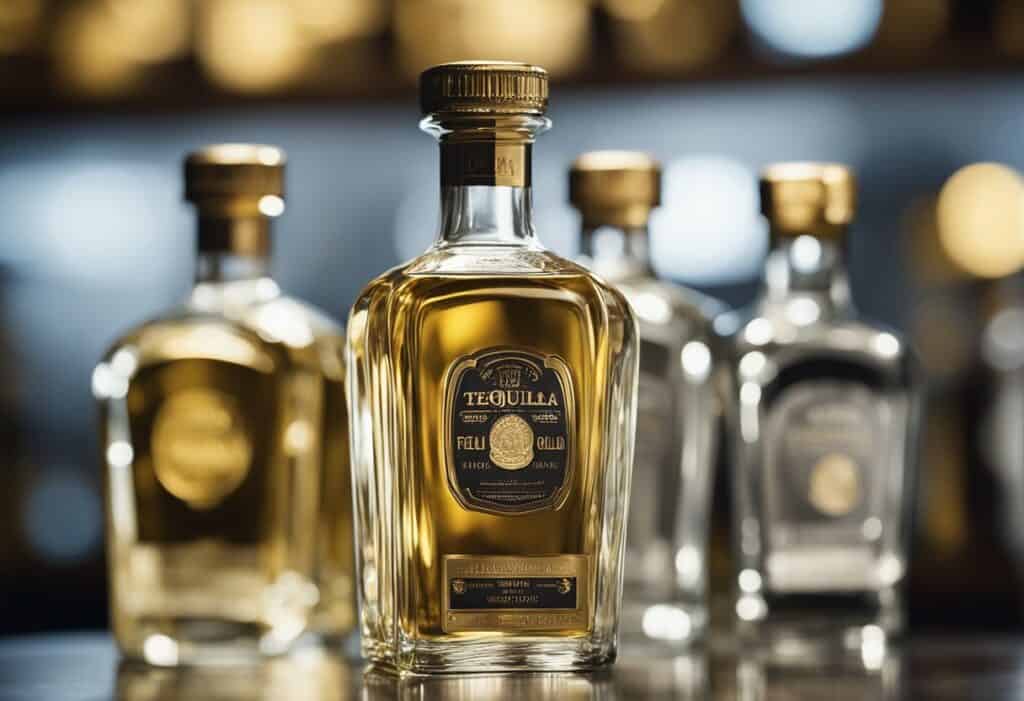
As someone who enjoys tequila, I know firsthand that it can lead to some rough mornings. While it’s true that any type of alcohol can cause a hangover, there are a few things to keep in mind when it comes to tequila and hangovers.
First, it’s important to note that taking shots of tequila is a common way to consume it. However, this method can lead to overconsumption and increase the likelihood of a hangover. It’s best to sip tequila slowly and in moderation to avoid the negative effects.
Another factor to consider is the type of tequila you’re drinking. Silver tequila, also known as blanco, is typically not aged and has a sharper taste. This type of tequila may be more likely to cause a hangover due to its higher alcohol content and lack of aging process.
On the other hand, gold tequila, also known as reposado or añejo, has been aged in barrels and has a smoother taste. This type of tequila may be less likely to cause a hangover.
It’s also important to stay hydrated while drinking tequila to avoid dehydration, which can worsen a hangover. Drinking water between sips of tequila can help prevent this.
Overall, while tequila can lead to hangovers, there are ways to minimize the negative effects. Sipping tequila slowly, choosing aged tequila, and staying hydrated can all help prevent the dreaded tequila hangover.
Common Misconceptions
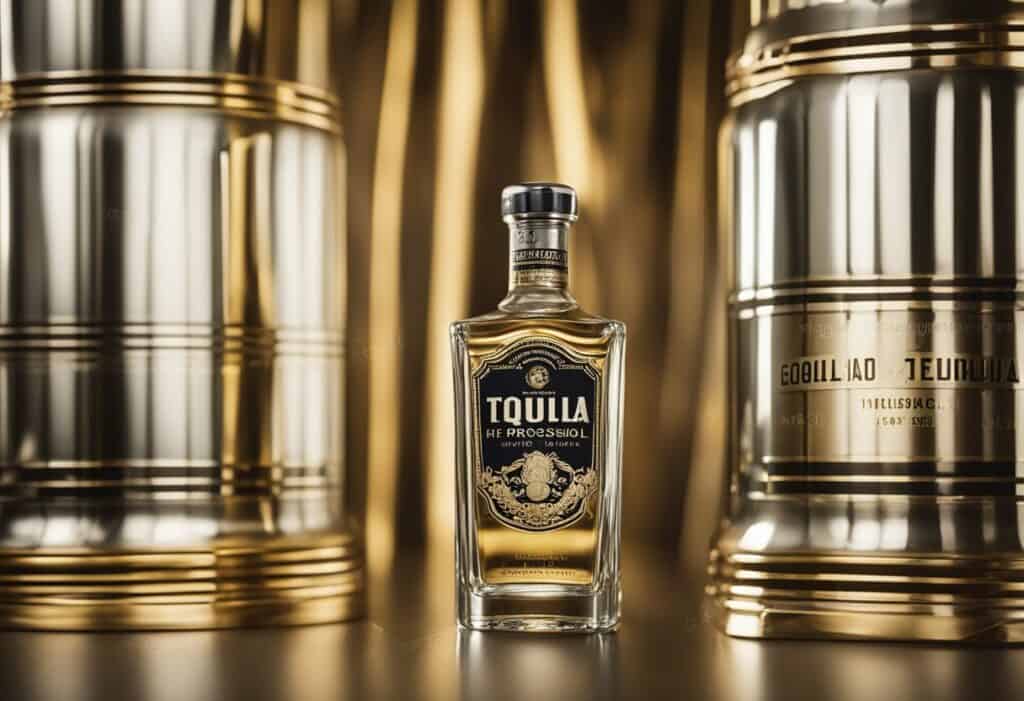
As a tequila enthusiast, I have come across several misconceptions about gold and silver tequila. Here are some of the most common ones:
Gold tequila is aged longer than silver tequila
This is a common misconception. Gold tequila is not necessarily aged longer than silver tequila. In fact, gold tequila can be a mix of silver tequila and aged tequila, which gives it its golden color. It can also be aged for a short period, just like silver tequila.
The aging process can vary from brand to brand, but it is not a defining characteristic of gold tequila.
Silver tequila is always 100% agave
While it is true that 100% agave tequila is usually sold as silver tequila, it is not always the case. Mixto tequila, which contains at least 51% agave sugars and other sugars, can also be sold as silver tequila. It is important to read the label carefully to know what you are buying.
Gold tequila is made with bourbon
This is a common misconception. Gold tequila is not made with bourbon. It is made with tequila that has been aged in oak barrels, which can give it a similar flavor to bourbon. However, the two spirits are not the same, and gold tequila is not a type of bourbon.
Silver tequila is only good for shots
While silver tequila is often used for shots, it is a versatile spirit that can be used in a variety of cocktails. Its clean and crisp flavor makes it a great base for margaritas, palomas, and other tequila-based cocktails. Don’t limit yourself to just taking shots with silver tequila.
In conclusion, it is important to separate fact from fiction when it comes to gold and silver tequila. Don’t believe everything you hear about these spirits and do your research to know what you are buying.
Also, check out some related posts:
Frequently Asked Questions
What is the difference in taste between gold and silver tequila?
Gold tequila is aged in oak barrels, which gives it a smoother and more complex flavor profile. It also has caramel or other additives that give it a golden color.
On the other hand, silver tequila is bottled immediately after distillation and has a more raw and intense flavor with a clear color.
Which type of tequila is better for margaritas?
Silver tequila is the preferred choice for margaritas because of its raw and intense flavor. It also allows the other ingredients to shine through and doesn’t overpower the drink.
What is the alcohol content difference between gold and silver tequila?
Both gold and silver tequila have the same alcohol content, which is typically around 40% ABV (alcohol by volume).
What is the difference in agave used for gold and silver tequila?
Both gold and silver tequila can be made from either 100% blue agave or a mix of agave and other sugars. The difference lies in the aging process, where gold tequila is aged in oak barrels, while silver tequila is bottled immediately after distillation.
What do the different colors of tequila indicate?
The color of tequila indicates the aging process. Silver tequila is clear and unaged, while gold tequila is aged in oak barrels, which gives it a golden color. Reposado tequila is aged between two and twelve months, while Añejo tequila is aged for at least one year.
Which type of tequila is smoother for shots?
Gold tequila is generally smoother for shots because of its aging process, which gives it a more complex and smoother flavor profile. However, it ultimately comes down to personal preference and taste.


